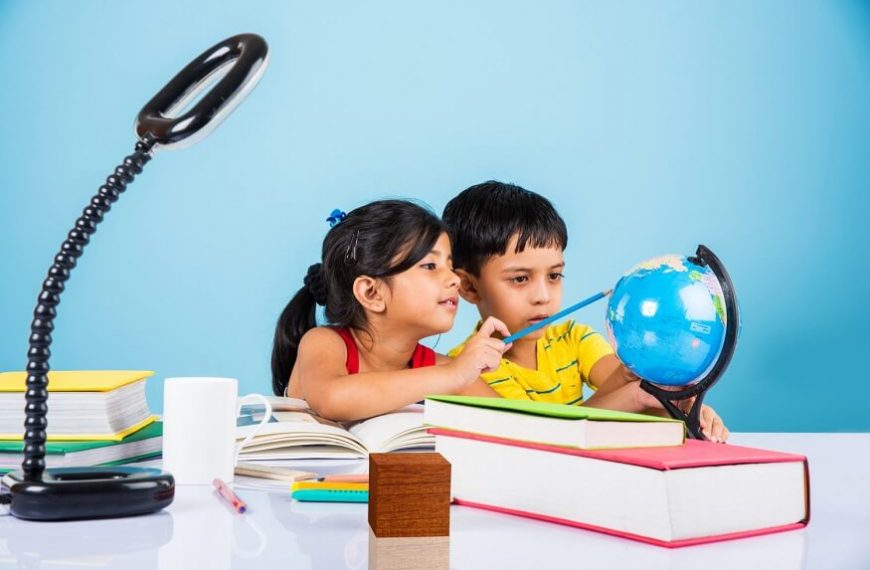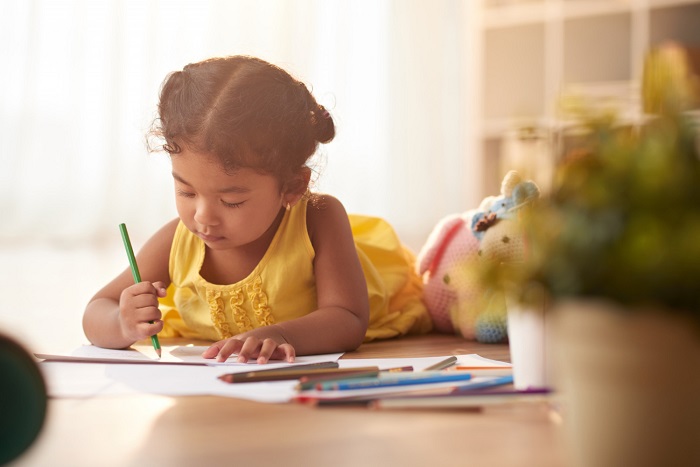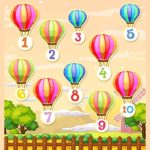In the quickly changing educational environment of today, it is critical for parents to recognize and accommodate their child’s individual learning style. We can give them an educational experience that fully utilises their potential by recognizing and embracing their unique requirements. This thorough manual offers helpful parenting tips for parents and techniques to foster a supportive learning environment in order to assist parents in identifying their child’s preferred learning style. Together, let’s take this trip and provide our kids with the tools they need to succeed in both their academic and personal lives.
The Importance of Understanding Your Child’s Learning Style
Every child has a unique child’s learning style that affects how they take in, interpret, and remember information. Parents can customise their educational approach to their children’s learning preferences, making it more engaging and effective. Here are the main justifications for why it is crucial to comprehend your child’s learning style:
- Improved Learning Experience: Children are more interested and motivated when their education is tailored to fit their learning preferences. This results in better understanding, memory, and general academic achievement.
- Increased Self-Esteem and Confidence: Children gain self-assurance in their skills when their strengths are acknowledged and nurtured. This in turn has a good effect on their confidence and capacity for taking on difficulties.
- Effective Use of Time and Resources: Children spend less time struggling with ideas that don’t appeal to them when learning is in line with their preferences. This makes it possible to use educational resources more effectively.
Exploring Different Types of Learning Styles
It’s important to become familiar with the various categories of learning styles in order to accurately identify your child’s learning style. Even though people may have a variety of styles, knowing the fundamental divisions can be helpful. The three primary learning styles are as follows:
- Visual Learners
- Auditory Learners
- Kinesthetic Learners
- Observe and Communicate
- Create a Supportive Environment
- Collaborate with Educators
Visual clues and tools help visual learners process information more effectively. They prefer to see and pay attention to information that is given visually. The following are essential traits of visual learners:
– Excellent recall and memory of visuals
– An appreciation for visual components like graphs, charts, and diagrams
– The capacity to picture ideas and conjure up mental images
Including visual aids in learning activities can be quite beneficial for those who are visual learners. utilise strategies like:
– Using graphs, diagrams, and infographics to present information
– Promoting the use of colour coding and underlining – Presenting visual illustrations of ideas via slideshows, animations, or videos
Sound and verbal communication are the main ways that auditory learners take in and remember knowledge. They succeed in debates, lectures, and oral presentations because they have a talent for processing spoken words. The following are important traits of auditory learners:
– Outstanding verbal and listening abilities – Powerful auditory memory and recall
– Appreciation of podcasts, audiobooks, and music
Consider implementing the following techniques to aid auditory learners:
– Holding fruitful discussions and debates – Giving students the chance to narrate stories or give oral presentations – Using podcasts or audiobooks as supplemental learning tools.
An experiential learning setting is ideal for kinesthetic learners. They learn best through mobility, physical exertion, and close interaction with their environment. It’s one of the different types of learning styles Kinesthetic learners typically possesses the following traits:
– An abundance of energy and a propensity for physical activity
– Propensity to touch and move objects while individualised learning – Physical involvement improves retention and comprehension
Try implementing the following strategies to accommodate kinesthetic learners:
– Including practical exercises, simulations, or models.
– Encouraging mobility during class – Giving students the chance to build, role-play, or work on projects
Parenting Handbook for Unveiling Your Child’s Learning Style (H2)
In identifying and promoting our child’s learning style, we parents play a crucial role. You can aid yourself in this process by using the following parenting handbook:
Your child’s learning style can be discerned by watching their actions and preferences during various learning activities. Additionally, you may better understand your child’s skills, struggles, and interests by encouraging open and honest conversations with them. Think about the following tactics:
– Watch how they interact with various learning resources or activities.
– Encourage your child to share their opinions, sentiments, and preferences about their educational experiences.
– Ask open-ended inquiries to discover more about their preferred methods of learning.
Your child’s learning style has to be supported by creating a good learning environment at home. In order to foster their personality, try some of the following:
– Honour all of their milestones and accomplishments, no matter how modest; – Offer advice that will help them get better without demoralising them
– Establish a private, distraction-free study space for you.
To properly support your child’s learning style, collaboration between parents and teachers is essential. You may share knowledge about your child’s preferred learning styles with teachers by staying in constant contact with them, and you can collaborate to develop a solid lesson plan. Take into account the following methods:
– Participate in parent-teacher conferences to talk about your child’s development – Tell teachers about your child’s learning preferences and style
– Ask instructors for advice and tactics that fit your child’s specific needs
Creating a Balanced Learning Environment
An environment that is balanced for learning includes a range of elements that support your child’s overall growth. When creating an educational environment that is well-rounded, take into account the following factors:
- Variety of Learning Materials
- Outdoor and Physical Activities
- Structured and Unstructured Learning
A wide variety of educational resources encourages your child’s curiosity and enables them to pursue a variety of interests. Consider the following ideas:
– Creating a personal library with books in a range of genres and subjects
– Purchasing puzzles, instructional games, art supplies, and interactive learning resources.
– Making use of educational apps and technology to enhance learning
Your child’s overall development and well-being depend on outdoor play and physical activity. Physical activity and outdoor pursuits enhance mental agility, inventiveness, and social competence. the following are encouraged:
– Playtime outdoors on a regular basis, nature excursions, and physical activity
– Enrol your youngster in sports or physical activities they enjoy
– Arrange active family vacations like hiking or biking
Your child’s development requires a mix between scheduled learning and unstructured recreation. Unstructured play produces creativity, problem-solving, and social skills, whereas structured learning encourages focus and discipline. Think about the following tactics:
– Make a timetable that includes time for focused study and unstructured time.
– Promote imaginative play and offer games and toys with multiple play options.
– Permit your youngster to engage in their interests and hobbies on their own terms.
Consider EuroKids for further direction and assistance—a provider of education dedicated to fostering each child’s individual potential. We have different types of learning styles. EuroKids’ knowledge of individualised learning and child development can help you identify your kid’s learning preferences and give them a well-rounded educational experience. For more information and to begin an exciting educational adventure catered to your child’s needs, visit EuroKids.com.















